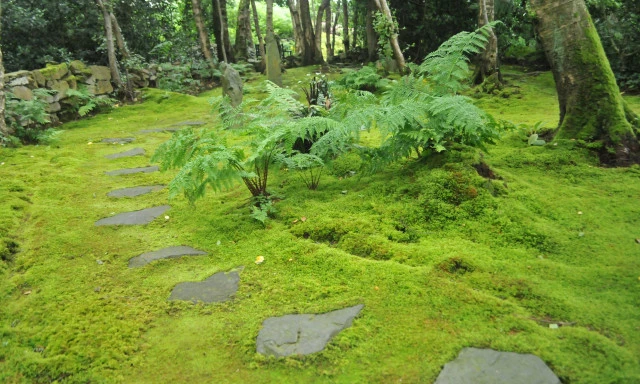How Climate Change Influences Plants
In spring, as temperatures rise, and days lengthen, the leaf buds of deciduous (and evergreen) trees and plants fatten and then unfurl new green leaves. In autumn, as temperatures drop, and days shorten, leaves of deciduous plants lose green colour, going their autumn yellows and reds, before dropping.
Researchers around the world report having compared historical data from one hundred plus years ago and the current timing of budburst and leaf drop for a range of species. They have found that warming temperatures have brought forward budburst by as much as 18 days and that leaf drop is occurring later than historically.
The timing of budburst and leaf drop is influenced not only by air temperatures but also by day length, soil moisture, frost events, wind, disease and insect attacks. Day length is not changing between the years but air temperatures, soil moisture, frost timing, winds, disease and insect threats are. It seems clear that growing seasons are changing, and this will have implications for insects, birds and other animals that interact with the plants; some will be able to adapt to the changes and some will not.
In other parts of the world, migratory birds may be badly affected by the changing timing of budburst as they are not able to change the timing of their migrations to synchronise with the insects that are influenced by the growing season of their food plants or fruit production. In New Zealand, we have few such migratory birds.
The differences in how species respond to climate change in budburst (leaf-out) and leaf drop (leaf senescence) timing mean that we can expect to see changes in interactions among species, and even species compositions of forests. This will also affect gardens and what will grow in them when insect pests and diseases are a threat to the plants and thus the timing of protective measures and maintenance such as pruning.
The order of species budburst in any one garden is almost identical from year to year, with some species always leafing out early and other species always late. In general, shrubs tend to leaf out before trees because shrubs need to capture the energy of sunshine before the trees above them leaf out and creates shade. Also, deciduous plants tend to leaf out before evergreen ones because deciduous species need the energy from photosynthesis supplied by new leaves, whereas evergreen species can rely on existing leaves from the previous year. As the climate warms, species that leaf out earliest and are most responsive to temperature will be in a better position to take advantage of earlier spring and will have a longer growing season. However, species that leaf out earliest, are in danger of having their young leaves damaged by a late frost, which can stunt growth.
It is not clear whether climate change will be beneficial or detrimental to plants. It seems likely it will benefit some and harm others. For example, many deciduous plants need frosts and a cold period of a certain length for healthy growth and the shorter, milder winter may not provide them with the hard frosts they need.
We should be prepared to adjust the timing of work in the garden and select plants that will be suited to the warmer temperatures. Species that in the past would have only thrived in the north may grow well further south than before. Do not assume that advice developed 20, 30 or more years ago will be relevant for your garden now or in the future. So look for relevant and up to date advice for your area.
David Brittain
Kiwicare


